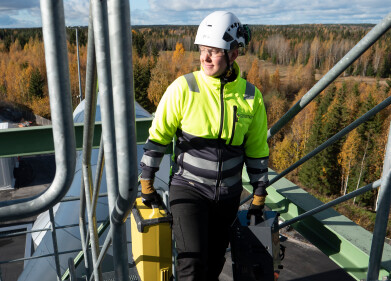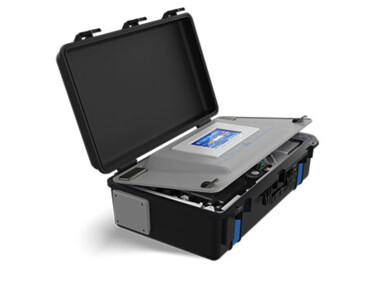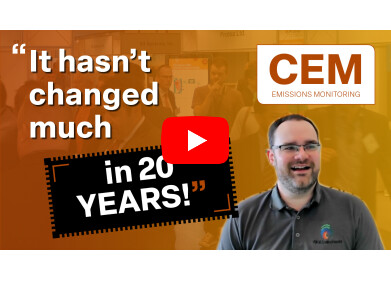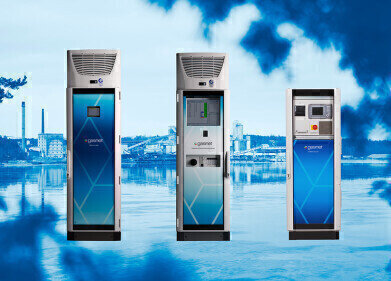Stack monitoring
CEMS Market Exceeds $1 Billion
Oct 18 2010
The world market for continuous emissions monitors (CEMS) for ambient as well as stack applications will exceed $1 billion/yr by 2012. This includes the analyzers, software and accompanying service revenues. An additional $1 billion/yr will be spent for intermittent stack sampling. An even larger market will be created for optimization systems which integrate the signals of emissions analyzers to meet regulatory requirements while maximizing process efficiency and minimizing life cycle costs. These are the latest forecasts in the McIlvaine Company’s Air Pollution Monitoring and Sampling: World Markets.
The biggest single market is coal-fired boilers in Asia. Large numbers of new plants will need stack monitoring systems to measure SO2, NOx, opacity, CO and O2. In addition, a number of Chinese plants are retrofitting SO2 and NOx reduction systems. This will require adding additional sets of monitors to existing stack systems.
U.S. cement plants will spend over $60 million to upgrade their CEM systems over the next two years. They will need to install analyzers to measure mercury, hydrocarbons, HCl and particulate. Cement plants in developing countries provide opportunities for the sales of opacity monitors.
Coal-fired power plants in the U.S. have already spent over $200 million to measure mercury. Now with pending air toxic rules, they will need to measure HCl and organics. HCl monitors cost more than $100,000 each. So this market alone will be over $80 million.
In Europe as well as the U.S. there will be an expanding market for continuous emissions monitors to measure greenhouse gases including CO2 and methane. Fossil-fired power plants, cement kilns, and waste-to-energy plants will need to provide accurate measurement of these emissions.
The ambient market includes government networks needed to ascertain air quality throughout an area. The biggest markets for these systems will be in the developing countries. There is also a need for fence-line monitoring at energy, mining and chemical facilities.
The market for stack and ambient intermittent sampling services is equal to the equipment market. Some pollutants such as SO2 and NOx can be measured with a minimum of sophisticated equipment. However, mercury, toxic organics and some other pollutants require extensive equipment and considerable technical competence.
There is considerable potential for additional services to measure air toxics from major U.S. sources. These sources are required to report emissions of hundreds of individual pollutants annually, but there is no enforcement of precise measurement.
Digital Edition
AET 28.4 Oct/Nov 2024
November 2024
Gas Detection - Go from lagging to leading: why investment in gas detection makes sense Air Monitoring - Swirl and vortex meters will aid green hydrogen production - Beyond the Stack: Emi...
View all digital editions
Events
Jan 14 2025 Abu Dhabi, UAE
Jan 20 2025 San Diego, CA, USA
Carrefour des Gestions Locales de L'eau
Jan 22 2025 Rennes, France
Safety, Health & Wellbeing LIVE
Jan 22 2025 Manchester, UK
Jan 25 2025 San Diego, CA, USA



















